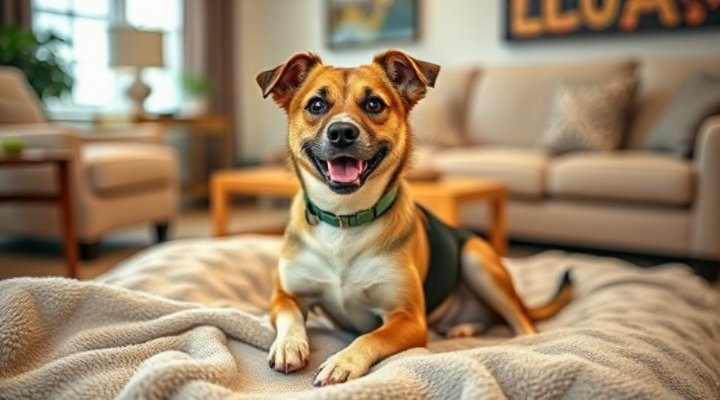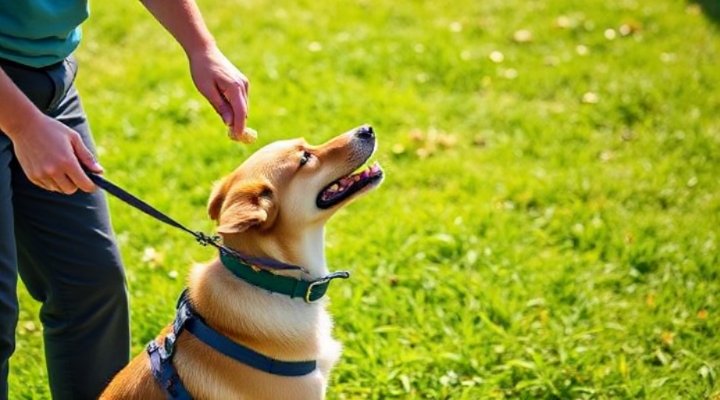Bringing home a rescue dog is an incredibly rewarding experience, but it also comes with unique challenges. Rescue dog training requires special attention to help your new furry friend overcome past traumas and adjust to their forever home. In this comprehensive guide, we’ll walk you through proven techniques to make this transition as smooth as possible.

Understanding Your Rescue Dog’s Background
Before diving into rescue dog training, it’s crucial to understand that every shelter dog comes with their own history. Some may have experienced neglect or abuse, while others might simply be unfamiliar with home environments. The American Society for the Prevention of Cruelty to Animals (ASPCA) provides excellent resources on understanding shelter dog behavior.
For instance, when I adopted my rescue dog Max, he would cower at the sight of brooms. Through patient rescue dog training, we discovered he associated them with negative experiences. Similarly, your dog might have specific triggers that require gentle desensitization.

Creating a Safe Space for Your Rescue Dog
First and foremost, designate a quiet area where your dog can retreat when overwhelmed. This could be a cozy corner with a comfortable bed and some toys. Many rescue dogs benefit from crate training, as it gives them a den-like sanctuary. Our guide on crate training an older dog offers helpful tips for this process.
During the initial days, limit your dog’s access to the entire house. Gradually introduce them to new spaces as they become more comfortable. This controlled exposure is a fundamental aspect of effective rescue dog training.
Essential Supplies for Rescue Dog Training
- Sturdy leash and harness
- Interactive toys for mental stimulation
- High-value treats for positive reinforcement
- Comfortable bedding
- Enzyme cleaner for accidents

Building Trust Through Positive Reinforcement
Positive reinforcement is the cornerstone of successful rescue dog training. Reward desired behaviors immediately with treats, praise, or affection. The University of Pennsylvania’s Veterinary School emphasizes that force-free methods yield the best long-term results with rescue animals.
Start with basic commands like ‘sit’ and ‘stay,’ always keeping sessions short and positive. If your dog shows signs of stress, end the session and try again later. Remember, rescue dog training is about building confidence as much as teaching skills.
Common Behavioral Challenges in Rescue Dogs
Many shelter dogs exhibit specific issues that require targeted rescue dog training:
| Behavior | Training Approach |
|---|---|
| Separation anxiety | Gradual desensitization to alone time |
| Leash reactivity | Counter-conditioning techniques |
| House soiling | Consistent potty schedule and positive reinforcement |
For more severe cases, consider consulting a professional. Our article on finding a dog therapist can guide you in selecting the right specialist.

Socializing Your Rescue Dog
Proper socialization is vital in rescue dog training, but it must be approached carefully. Begin with low-stress interactions and gradually increase exposure. The American Kennel Club recommends starting with calm, vaccinated dogs before introducing more challenging social situations.
Interestingly, my rescue dog Max initially feared other dogs but thrived after attending structured dog socialization classes. These controlled environments can work wonders for building confidence.
Patience: The Key to Rescue Dog Training Success
Above all, remember that rescue dog training takes time. Some dogs adjust quickly, while others may need months to feel completely secure. Celebrate small victories and don’t get discouraged by setbacks.
As you embark on this journey, keep in mind that you’re not just training a dog – you’re helping a deserving animal learn to trust and love again. The transformation you’ll witness makes every effort worthwhile.
For additional resources on dog training methods, visit our comprehensive guide on dog training techniques.
Related Keywords: shelter dog training, rehabilitating rescue dogs, behavior modification for rescue dogs, trust-building with dogs, positive reinforcement training

